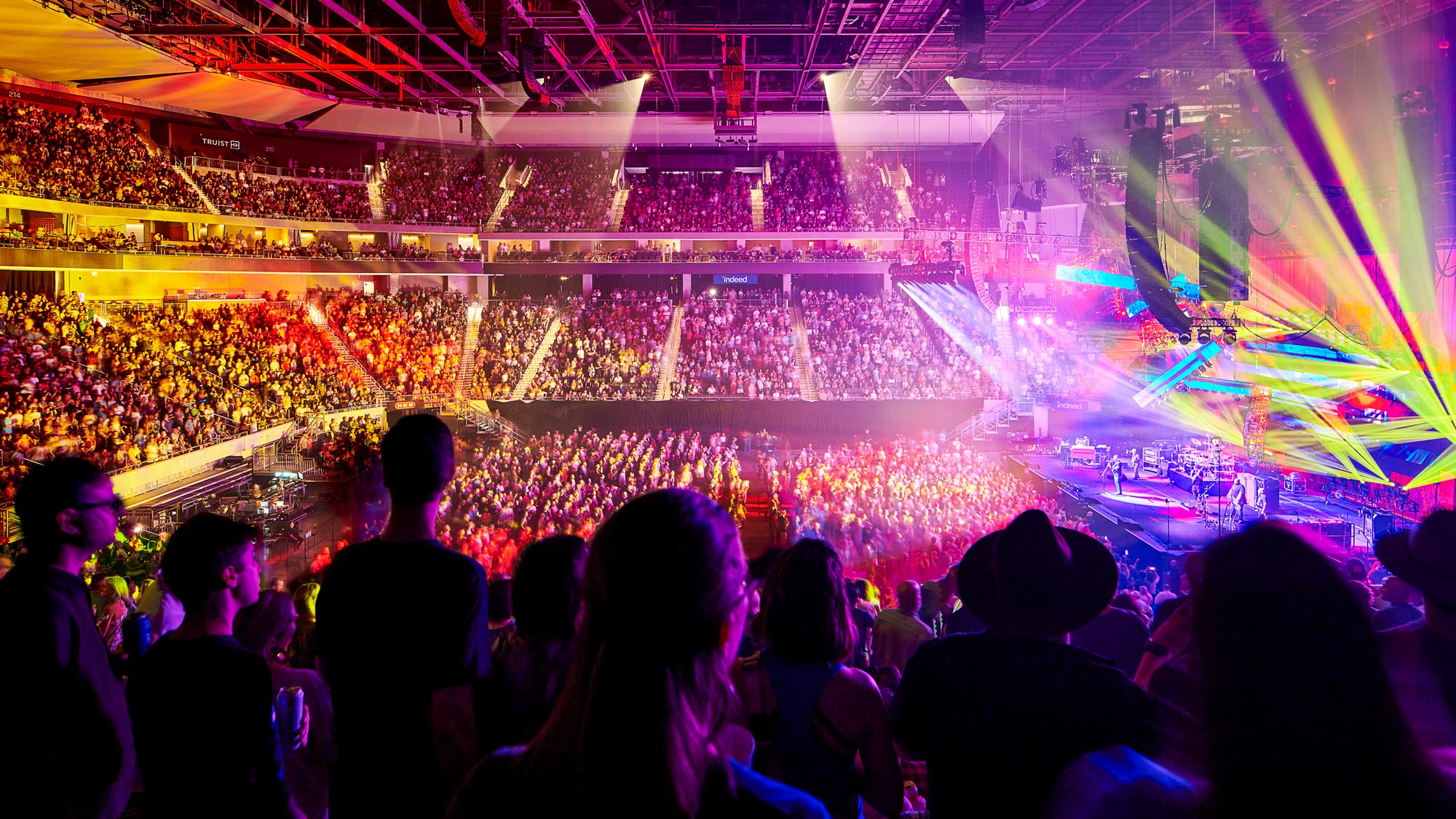Introduction
Soundtrack storytelling is the art of using music to tell stories, show emotions, and show themes. It’s the voice that you can’t see that brings scenes to life and lets people experience things that words can’t. Soundtrack narrative converts simple pictures into emotive experiences in movies, TV shows, and even video games. The melody, rhythm, and harmony serve as emotional signals that link viewers to characters and events. When done right, soundtrack storytelling can make us feel nostalgic, suspenseful, or happy, and it can change how we remember a narrative long after it finishes.
The Cinematic Heartbeat of Soundtrack Storytelling
Soundtrack storytelling is the heartbeat of the tale in movies. It gives rhythm, atmosphere, and emotional depth that words alone cannot achieve. When a filmmaker thinks of a scene, the composer brings it to life with sound. When visual art and music come together, they turn stories into full sensory experiences. A single note of music might suggest danger, love, or mystery, leading people without their even knowing it. Soundtrack storytelling connects the seen and the unseen by converting music into an emotional language. Even the most beautiful images can feel empty and unfinished without it.
The subtle psychology of creating stories using soundtracks
Soundtrack storytelling is based on psychology at its foundation. People naturally respond to rhythm and tone, which they see as emotional messages. A quiet piano tune can help you relax, whereas a loud orchestra swell can make you feel more tense. This mental link lets soundtrack storytelling change how you feel and what you remember. Filmmakers utilize it on purpose to change how people see things, and most of the time, the audience doesn’t even know it. Changing the speed or key of a scene might influence the way it makes you feel. Soundtrack storytelling isn’t simply music; it’s an emotional code that talks to the subconscious mind.
Soundtrack Storytelling in Today’s Media
Soundtrack narrative isn’t just for movies; it’s also used in TV shows, podcasts, ads, and video games. Musical identity is a big part of how modern creators make immersive environments. In series, themes that come up again and again remind viewers of emotional strands or character arcs. Soundtrack storytelling in games changes based on what the player does, making each person’s emotional experience unique. It helps advertisers engage with people right away by condensing emotional stories into seconds. As technology gets better, the art of soundtrack storytelling keeps changing. It combines human creativity with artificial intelligence to make experiences that feel both personal and movie-like.
The Art of Soundtrack Storytelling That Lasts
The best thing about soundtrack storytelling is that it works in any time period. Before people could talk, they utilized rhythm and tone to tell stories. That old inclination is still there in today’s movie scores and songs. Whether it’s the sad strings of a drama or the lighthearted beats of a comedy, soundtrack storytelling gives stories their soul. It reminds us that music and feelings go hand in hand. The power of soundtrack storytelling keeps growing as digital platforms proliferate and more ways to express stories become available. It is still the unspoken voice of modern media, an art form that catches what can’t be uttered and lets us feel what can’t be seen.
The Past and Future of Soundtrack Storytelling
Soundtrack storytelling is one of the most powerful creative languages that people have ever used. It has changed over time, from the golden age of movies to today’s streaming services, to keep up with changes in culture and technology. A new phase in this history is the rise of immersive sound design, 3D audio, and adaptive composition. But the basic goal of soundtrack storytelling is always the same: to connect people via emotion. As audiences get smarter, the need for real emotional connection only grows stronger. This means that soundtrack storytelling will always be the heart of narrative art.
In conclusion
Soundtrack storytelling is more than just music in the background; it’s the structure of emotions. It creates the hidden realm of emotion that lies beneath the surface of every story. Every sound choice gives meaning, from big orchestras to simple electronic tones. It is a discussion between the composer and the audience, with melody and stillness as the only words. Soundtrack storytelling reminds us of the silent power of music to move emotions and shape memories in a world full of too much visual information. It is not just an extra thing that helps convey stories; it is the heart of how stories come to life.
.jpg?updatedAt=1747973322540)




